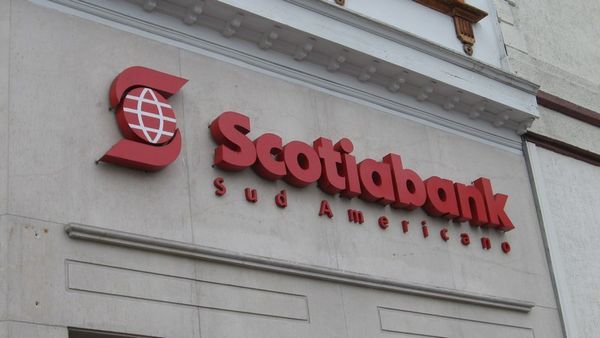Brian Porter warns that the Toronto and Vancouver residential real estate markets might experience price corrections in the near future

A recent report from Canadian real estate advisor and broker Newmark Knight Frank Devencore showed that as of the end of Q4 2016, the vacancy rate across all office space types in downtown Vancouver fell to 7.5 per cent—a stark contrast to the 9.6 per cent figure in the previous year.
The impact has been immediately apparent: Approximately 95 per cent of the structures delivered in this development cycle are almost fully leased, and average gross rents have ballooned to $41.17 per square foot by the end of the last three months of 2016.
And these movements are showing no signs of abating, according to the British Columbia Real Estate Association.
“The strength of the underlying BC economy, particularly relative to the rest of Canada, makes BC a very attractive destination for commercial investment,” BCREA economist Brendon Ogmundson stated, as quoted by BuzzBuzzNews.
BCREA’s CLI (Commercial Leading Indicator) metric—which predicts B.C. commercial real estate trends, taking into account the province’s fiscal health, economy, and employment numbers—has increased for the fourth consecutive quarter. In Q4 2016, the CLI rose by 1.5 index points, up to 123.9 per cent.
In early February, a report from Avison Young revealed that vacancy in Metro Vancouver offices is at its lowest since the end of 2014, a development mainly fuelled by what the commercial real estate services firm called “healthy absorption levels”.
Vacancy in the Downtown area dropped to 7.2 per cent. Avison Young officials attributed this to a resilient market.
“There was no meaningful movement in rental rates in 2016 and they should remain fairly stable in 2017, although further decreases in the vacancy rate may apply modest upward pressure to net effective rates,” Avison Young principal Brian Pearson said.
The impact has been immediately apparent: Approximately 95 per cent of the structures delivered in this development cycle are almost fully leased, and average gross rents have ballooned to $41.17 per square foot by the end of the last three months of 2016.
And these movements are showing no signs of abating, according to the British Columbia Real Estate Association.
“The strength of the underlying BC economy, particularly relative to the rest of Canada, makes BC a very attractive destination for commercial investment,” BCREA economist Brendon Ogmundson stated, as quoted by BuzzBuzzNews.
BCREA’s CLI (Commercial Leading Indicator) metric—which predicts B.C. commercial real estate trends, taking into account the province’s fiscal health, economy, and employment numbers—has increased for the fourth consecutive quarter. In Q4 2016, the CLI rose by 1.5 index points, up to 123.9 per cent.
In early February, a report from Avison Young revealed that vacancy in Metro Vancouver offices is at its lowest since the end of 2014, a development mainly fuelled by what the commercial real estate services firm called “healthy absorption levels”.
Vacancy in the Downtown area dropped to 7.2 per cent. Avison Young officials attributed this to a resilient market.
“There was no meaningful movement in rental rates in 2016 and they should remain fairly stable in 2017, although further decreases in the vacancy rate may apply modest upward pressure to net effective rates,” Avison Young principal Brian Pearson said.
Related stories:
Home price correction risk elevated in trend-setting markets - poll
Ratings agency sounds strong warning on Canadian housing market



